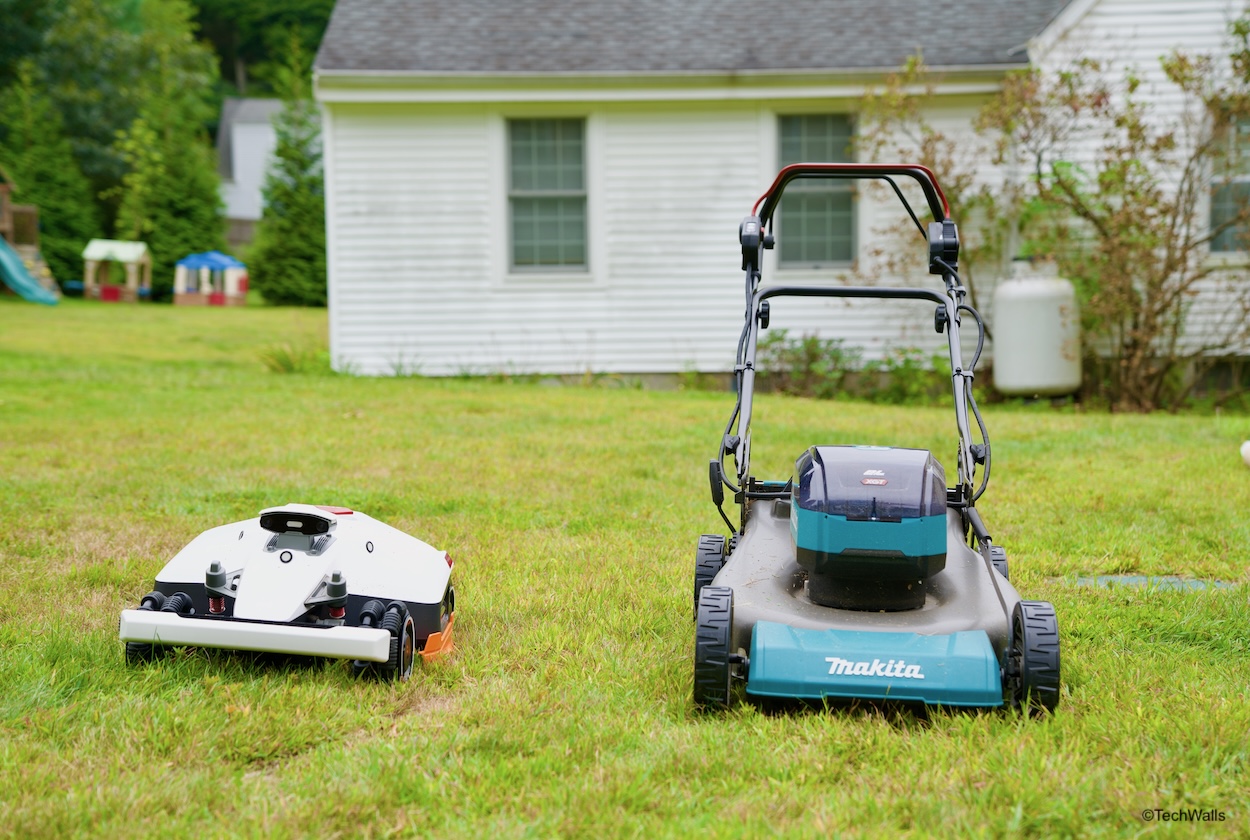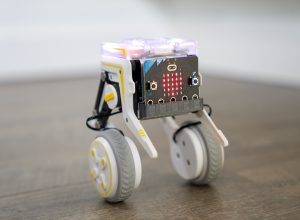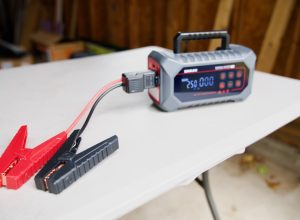Traditional lawn mowers have been the must-have tool for most homeowners with yards. Whether gas- or battery-powered, it gives us full control and often handles thick grass with ease. However, mowing can be time-consuming, noisy, and physically demanding, especially during hot summer months.
Robot lawn mowers, on the other hand, are designed to make lawn care nearly hands-free. Much like robotic vacuum cleaners, they automatically run around your yard, cutting grass little by little and maintaining a consistently neat look. They are quiet, energy-efficient, and can even be scheduled through an app. Once set up, a robot mower can save hours of manual work each month.
Robot mowers have been around for years but I didn’t make a switch because they were not good enough. They only worked well on flat, moderate-sized lawns without obstacles. They also required boundary wires for setup and may struggled with very tall or wet grass. However, I’ve been quite surprised with their improvements in the last year.
Firstly, instead of spending hours burying boundary wires, many models now use advanced GPS mapping, so I just need to walk the mower around the edge of my yard to define its working area. Motors have also become significantly more powerful, allowing these machines to climb slopes and handle uneven terrain easily.

When it comes to performance, the cutting systems of traditional and robot lawn mowers are very different. A traditional mower relies on a single large, heavy-duty blade that slices through grass in wide swaths, so it has no problem cutting tall, thick, or damp grass in just one pass. On the other hand, my Mammotion LUBA 2 uses 12 small razor-like blades mounted on two discs at the bottom. Instead of heavy cutting power, it works by making frequent, light trims that gradually keep the lawn neat and uniform. This may not tackle overgrown areas as effectively but it is quieter, more energy-efficient, and gentler on the grass. In fact, I haven’t used my Makita mower for a while. The robot mower takes much longer to mow my 0.2-acre lawn but I don’t have to touch it. More importantly, I can cut my grass more frequently without wasting time pushing the mower. When grass is trimmed frequently, only a small portion of each blade is cut at a time, which reduces stress on the plant and helps it recover faster. This encourages denser growth, leading to a thicker, greener lawn that naturally resists weeds.
I think now is a good time to switch to a robot mower. They are more powerful, smarter, and can turn lawn maintenance into a hands-off experience. The only downside is the upfront cost; They have become more affordable but you still need to spend around $2,000 for a good one.



